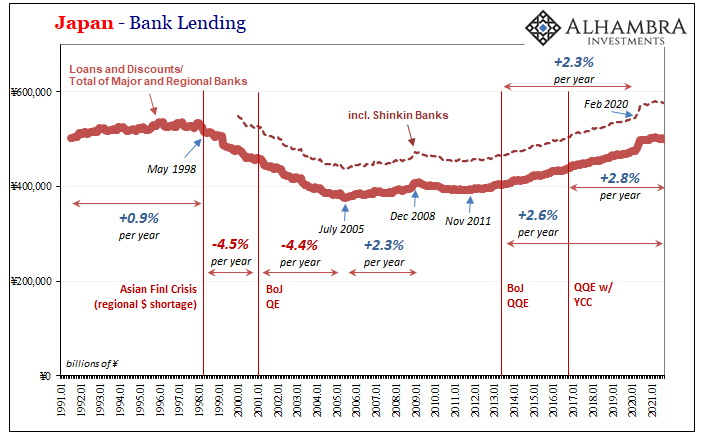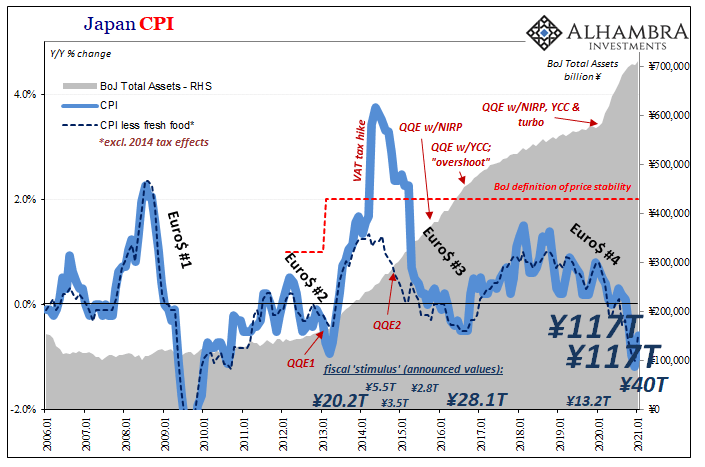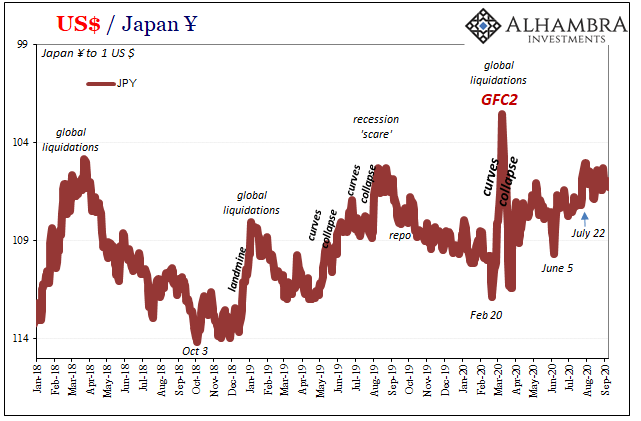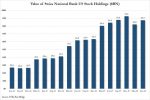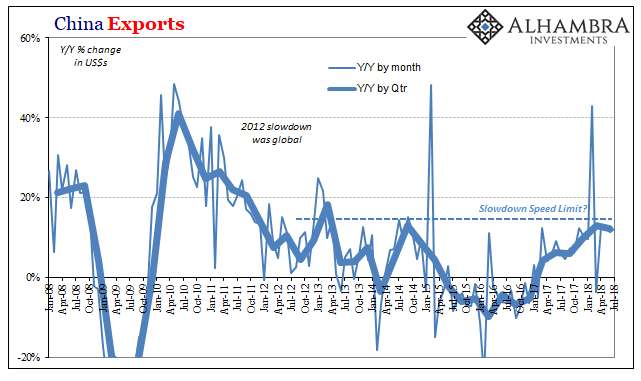 Every so often there is a market move that appears inexplicable. The conundrum now is the yen’s strength. Of course, there are numerous attempts to shed light on the yen’s rise, but many, like ourselves, are not very satisfied.
Every so often there is a market move that appears inexplicable. The conundrum now is the yen’s strength. Of course, there are numerous attempts to shed light on the yen’s rise, but many, like ourselves, are not very satisfied.Perhaps part of the problem is that many participants are looking for a single narrative that explains why the dollar peaked against the yen last June near JPY125.85 and fell to almost JPY107.60 yesterday. However, closer inspection suggests the dollar’s decline and yen rise has had several phases.
Perhaps the first phase, the initial peak was spurred by the pushing back of the Fed’s lift-off. The greenback fell to almost JPY120 in the first part of July 2015. By mid-August, it was back above JPY125. Then came the swoon of Chinese stocks, the contagion, and fears of a maxi-devaluation of the yuan. The dollar spiked to almost JPY116.00.
When the panic subsided, the dollar was range-bound against the yen from late-August through late-October. The range was roughly JPY118.50 to JPY121.50. Perhaps renewed speculation of A Fed hike before the end of the year lifted the dollar back into JPY122.25-JPY124.75 range in November and early-December.
The dollar slipped toward JPY120 in mid-December before spiking back toward JPY123.50 in the immediate response to the Fed hike. Another scare from China, the global equity meltdown at the start of the year, and the beginning of persistent foreigner sales of Japanese stocks saw the dollar fall to JPY116 on January 20, which incidentally corresponds to the bottom of Brent, Brazil stocks and the Canadian and Australian dollars.
BOJ’s Kuroda told a Davos audience that he was not considering negative interest rates, and the dollar recovered to almost JPY119. Kuroda’s surprise pushed the dollar to a high of almost JPY121.70 before the February swoon occurred that saw the greenback tumble to JPY111.00. By the middle of the month. This was also when other major equity markets bottomed.
The dollar spent from mid-February through late-March in a fairly clear range of JPY110.50 to JPY114.50. The recent leg down began with an outside down day on March 29, whereby the dollar traded on both sides of the previous day’s range and closed below the previous day’s low. The dollar briefly dipped below JPY107.70 on April 7 and made a marginal new low yesterday.
The dominant portfolio flows are Japanese buying foreign bonds and foreigners selling Japanese equities. Using the weekly MOF data, we find that in January before the negative rates were introduced, Japanese investors bought near JPY350 bln of foreign bonds (~$3.5 bln). In February, they bought JPY3.0 trillion of foreign bonds and in March JPY5.9 trillion (~$54 bln).
Foreign investors who had been significant buyers of Japanese equities spurred by the launching of Abenomics turned aggressive sellers. MOF weekly data shows foreigners sold JPY1.6 trillion (~$15 bln) of Japanese equities in January; JPY2.6 trillion (~$25 bln) in February; and JPY2.8 trillion in March.
Speculators in the futures market made their big move in January. They shifted from a net short yen position of 30.3k contracts in late-December to a net long position of 50k contracts at the end of January. This is an 80.3k contract swing, and each contract has a notional value of JPY12.5 mln. That swing was worth approximately $9.5 bln. In February, the net long position grew by another 2.7k contracts. In March, the net long position grew by a minor 600 contracts.
The yen also appears to have a distinct seasonal pattern. For example, from 2009 through 2015 the dollar rose every March. There is no other month that the dollar did so well. The streak/pattern broke this year with the dollar falling 0.1% against the yen in March.
The opposite is true for April. In recent years, the dollar tends to fall against the yen in the month of April. Specifically, it has fallen in five of the past seven years in April. The dollar tends to perform almost as poorly in the month of July. The dollar has fallen in five of the past seven July’s, but it rose in July of 2014 and 2015.
There are several components missing from this narrative. For example, the use of hedges. It was popular for foreign investors to hedge their Japanese equity purchases. There could still be an impact on currency prices if the underlying equity is sold at a loss and the full hedge is bought back. In any event, more work in this space is needed.
Also, there was a period in late-February through mid-March where the cross currency basis swap was so extreme that dollar-based investors could swap their dollars for yen and buy a short-term Japanese coupon and earn better than US Treasury yields. The knock-on effect of this may not be fully understood either.
The purpose of the review is not to provide a grand theory explaining a most puzzling market development. Rather it is to provide a piece of the puzzle that is a step toward understanding some of the forces at work.
Tags: Abenomics,Japanese yen,newslettersent





















